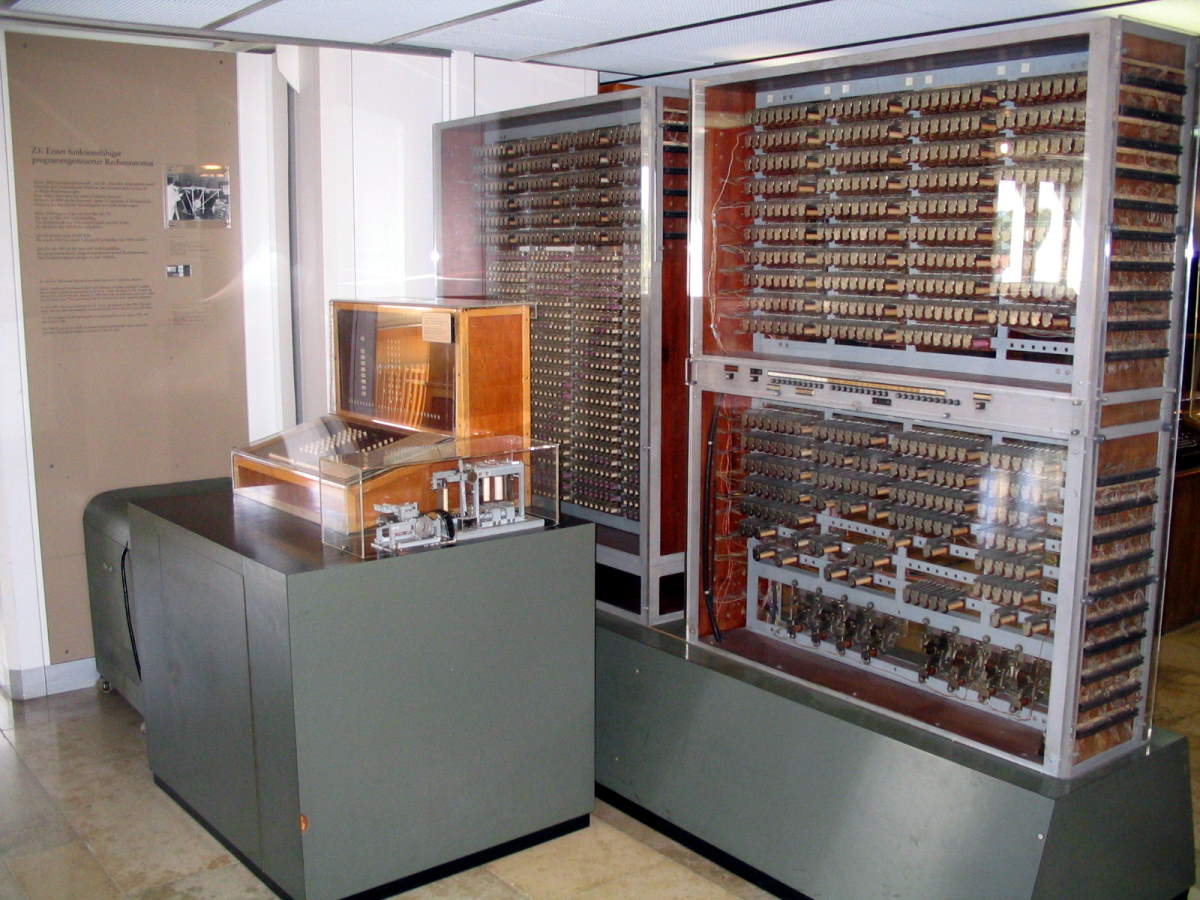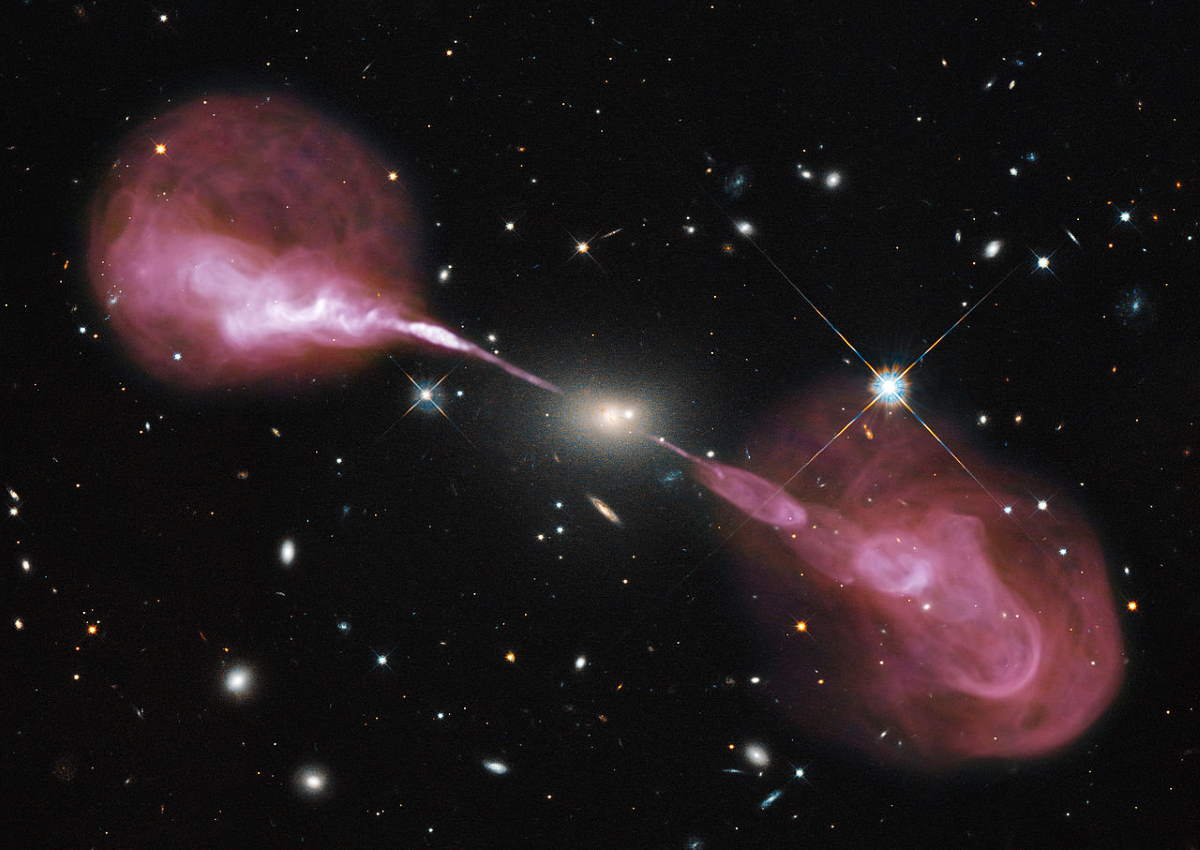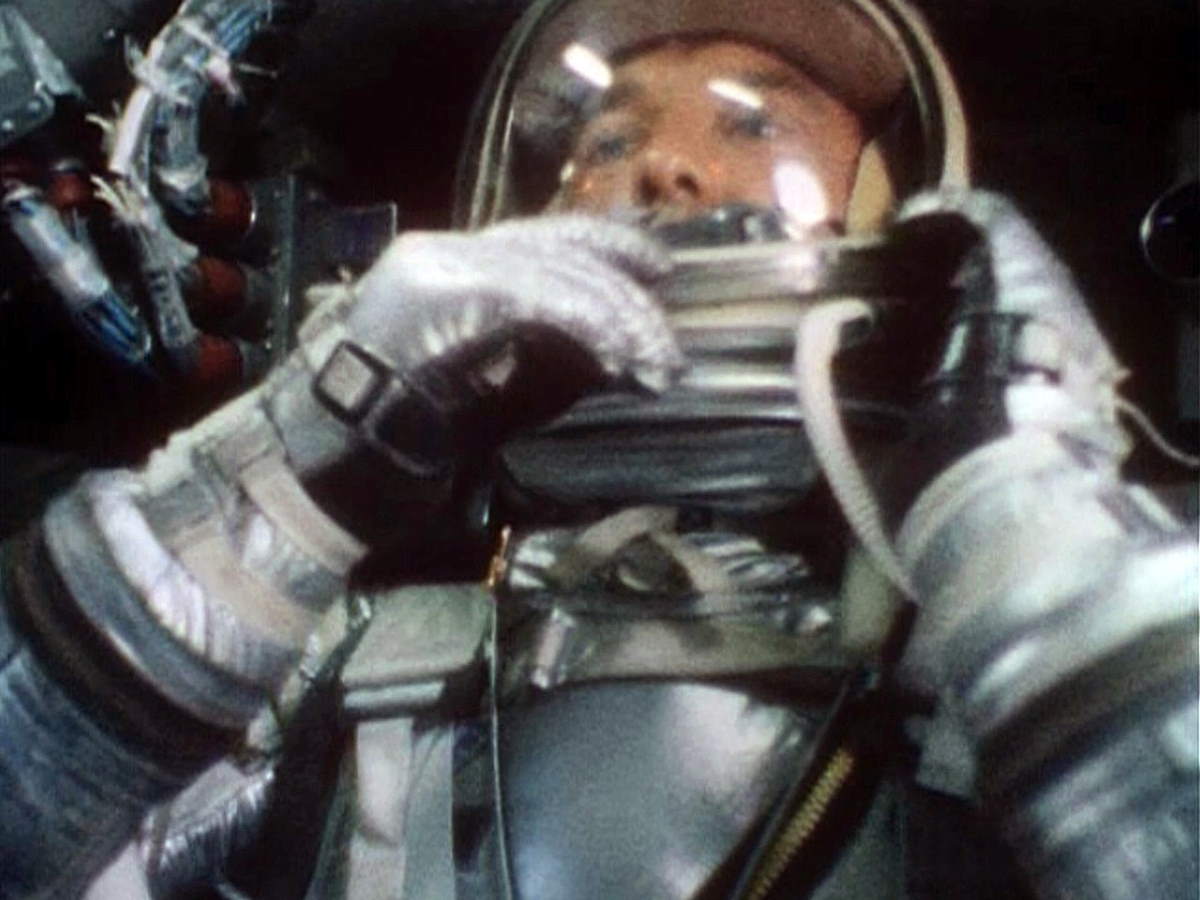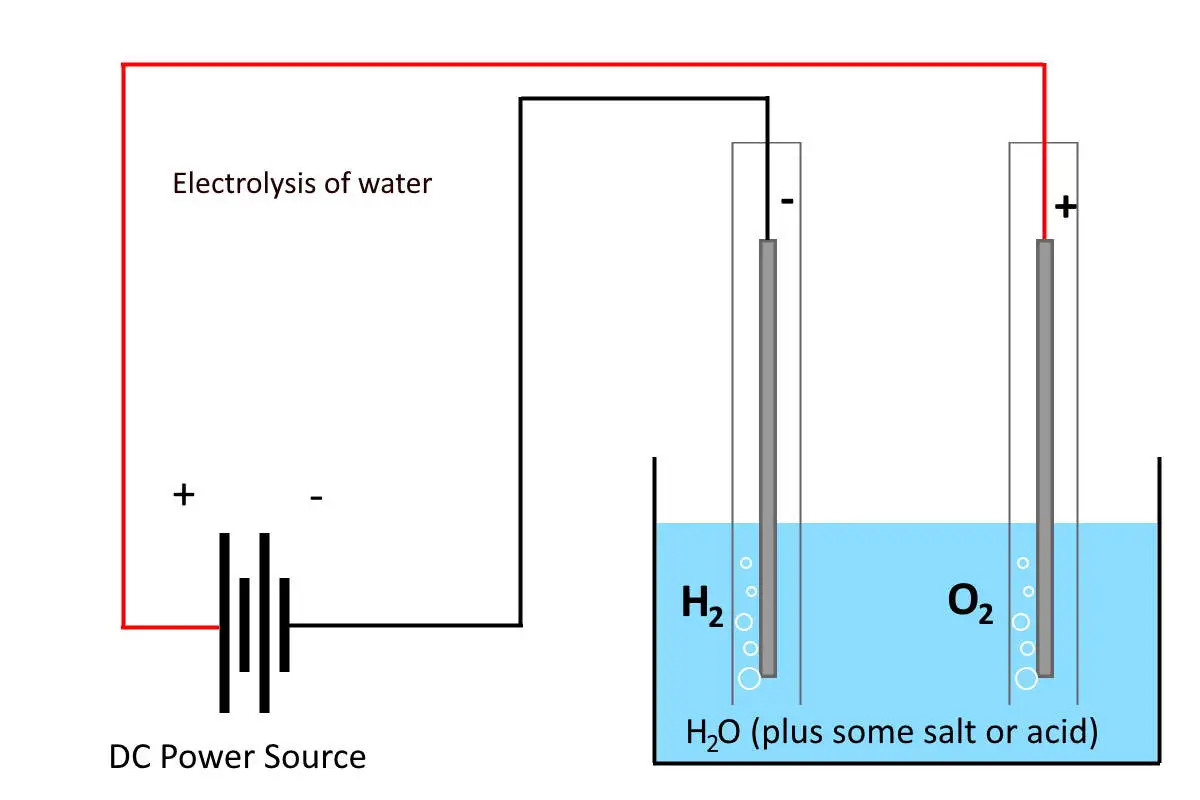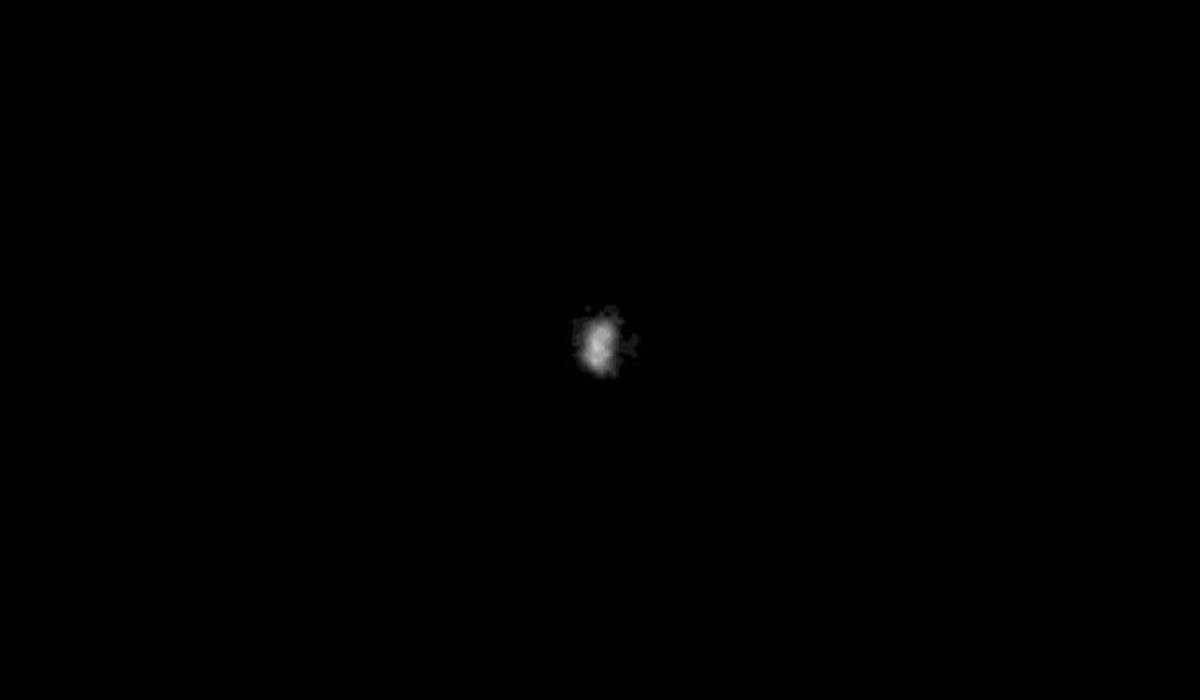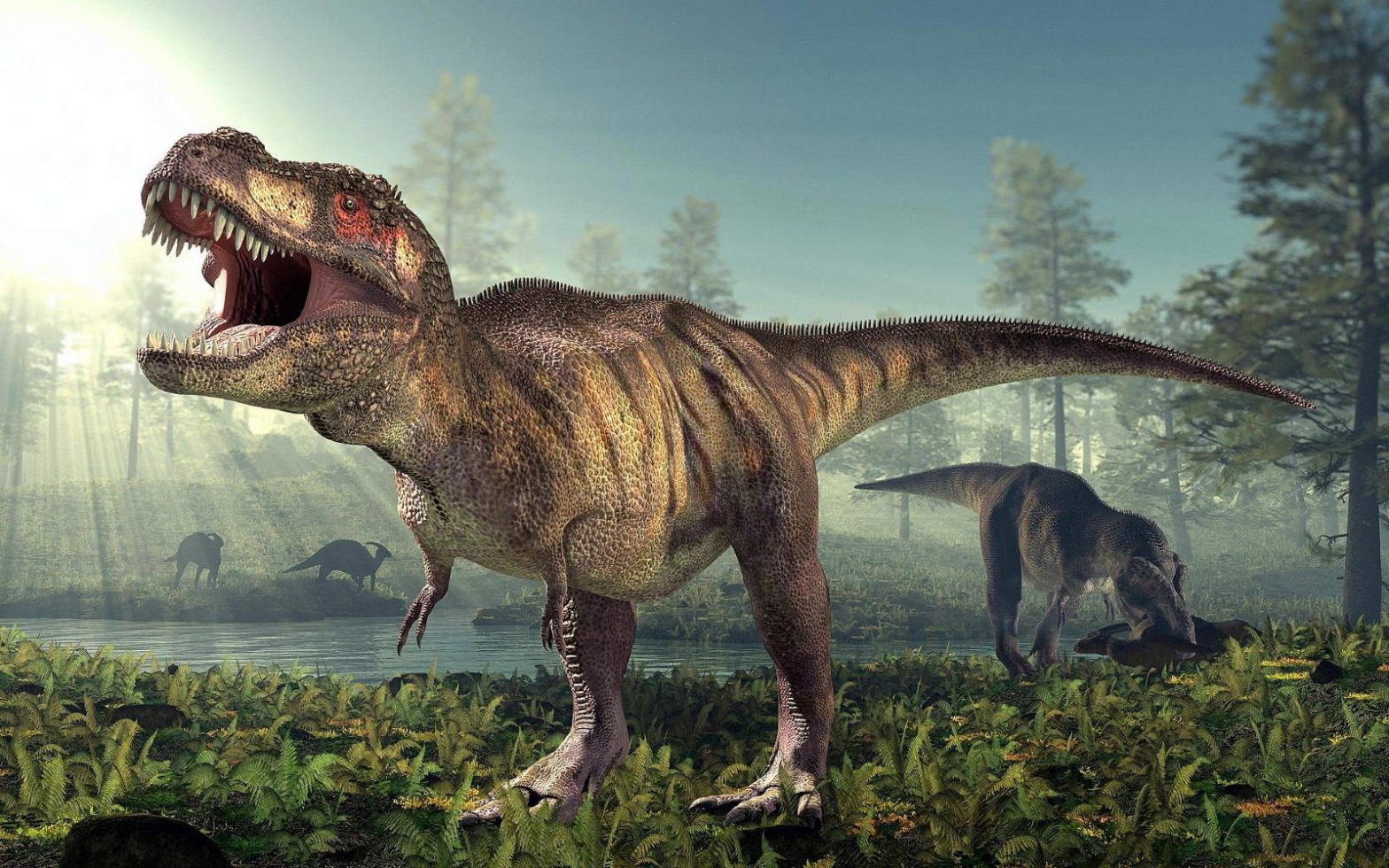On May 12, 2022, the Event Horizon Telescope (EHT), an international collaboration capturing images of black holes, announced the first-ever image of the Sagittarius A*, the Supermassive Black Hole at the center of the Milky Way. After the image of the nearby elliptical galaxy Messier 87’s (M87’s) supermassive black hole, also revealed by the EHT in April 2019, this is the second confirmed image of a black hole.
Continue reading “Now we can see the Sagittarius A*: here is the first photo of the Supermassive Black Hole at the center of the Milky Way”Z3, the world’s first fully functional and programmable computer was unveiled on May 12, 1941
On May 12, 1941 Z3, the world’s first fully functional and programmable digital computer was unveiled by its designer, the German pioneering computer scientist Konrad Zuse (22 June 1910 – 18 December 1995).
Zuse began to develop Z3 in 1935 and completed it in 1941. But, because of World War II, it was not considered “vital” and was never put into practical use.
Thanks to Z3 and its predecessors, Z1, and Z2, Konrad Zuse has often been suggested as the inventor of the computer.
Continue reading “Z3, the world’s first fully functional and programmable computer was unveiled on May 12, 1941”Intermediate black holes: where are they?
Super-sized black holes appeared surprisingly early in the Universe and it seems every galaxy has one at its center. But how? And where are the intermediate-sized black holes (intermediate black holes)?
Continue reading “Intermediate black holes: where are they?”The first U.S. human spaceflight was performed on May 5, 1961
On May 5, 1961, American astronaut Alan Shepard (November 18, 1923 – July 21, 1998) performed the first United States human spaceflight. It was also the first human-piloted spaceflight in the history of space exploration. Yuri Gagarin, the first human to fly into space on April 12, 1961, wasn’t controlling the Vostok 1 spacecraft, it was controlled by a computer.
Continue reading “The first U.S. human spaceflight was performed on May 5, 1961”Electrolysis of water was discovered on May 2, 1800
On May 2, 1800, English chemist William Nicholson (13 December 1753 – 21 May 1815), decomposed water into hydrogen and oxygen using electricity. This was the first electrolysis of water. The name “electrolysis” was given to this process in 1834 by another English scientist Michael Faraday (22 September 1791 – 25 August 1867).
Nicholson had been working with Anthony Carlisle (15 February 1768 – 2 November 1840), a London surgeon, experimenting with the Italian scientist Allesandro Volta’s (18 February 1745 – 5 March 1827) voltaic pile (see notes 1).
Continue reading “Electrolysis of water was discovered on May 2, 1800”Neptune’s Moon Nereid was discovered on May 1, 1949
On May 1, 1949, Neptune’s Moon Nereid was discovered by the Dutch astronomer and planetary scientist Gerard Kuiper, who is the eponymous namesake of the Kuiper belt. Nereid is also named Neptune II because it is the second moon of Neptune to be discovered. It is also the last satellite of Neptune to be discovered before Voyager 2‘s discoveries in 1989.
Continue reading “Neptune’s Moon Nereid was discovered on May 1, 1949”J. J. Thompson announced the existence of electrons on April 30, 1897
On April 30, 1897, British physicist and Nobel Laureate in Physics, Sir Joseph John Thomson (commonly known as J. J. Thompson, 18 December 1856 – 30 August 1940) announced the existence of electrons.
Thompson called the particles “corpuscles”, meaning “small bodies”, but later scientific community preferred the name electron which had been suggested by the Irish physicist George Johnstone Stoney in 1891 because these particles are the fundamental unit of electricity (see notes 1).
The word electron is a combination of the words electric and ion (a suffix, appearing in words of Latin origin, denoting action or condition). The suffix -on which is now used to designate other subatomic particles, such as a proton or neutron, is in turn derived from electron.
Continue reading “J. J. Thompson announced the existence of electrons on April 30, 1897”The Visual History of Dinosaurs
Dinosaurs were a very unique group of reptiles that existed as early as 243 million years ago. This extinct group had incredible diversity and roamed the earth for over 165 million years. As the earth itself went through drastic changes, dinosaurs changed too. From the skies to the seas, these prehistoric reptiles adapted and were able to live in many different environments.
From 3 different extinctions, the rise of the first dinosaurs, to the origins of the T. rex, if you are curious about the story of the dinosaurs, keep reading…
Continue reading “The Visual History of Dinosaurs”When Will Humanity Become a Kardashev Type I Civilization?
There are several ways we can measure the progress of human civilization. Population growth, the rise and fall of empires, and our technological ability to reach for the stars. But one simple measure is to calculate the amount of energy humans use at any given time. As humanity has spread and advanced, our ability to harness energy is one of our most useful skills. If one assumes civilizations on other planets might possess similar skills, the energy consumption of a species is a good rough measure of its technological prowess. This is the idea behind the Kardashev Scale.
Continue reading “When Will Humanity Become a Kardashev Type I Civilization?”Hubble Space Telescope was launched on April 24, 1990
On April 24, 1990, Hubble Space Telescope was launched into Low Earth Orbit (LEO) from the space shuttle Discovery (STS-31). It orbits the Earth at an altitude of about 350 miles (560 kilometers). For comparison, the International Space Station (ISS) maintains an orbit with an altitude of between 205 and 270 miles (330 and 435 kilometers). The telescope is 43.5 feet (13.2 meters) long and weighs 24,500 pounds (11,110 kilograms).
Continue reading “Hubble Space Telescope was launched on April 24, 1990”
